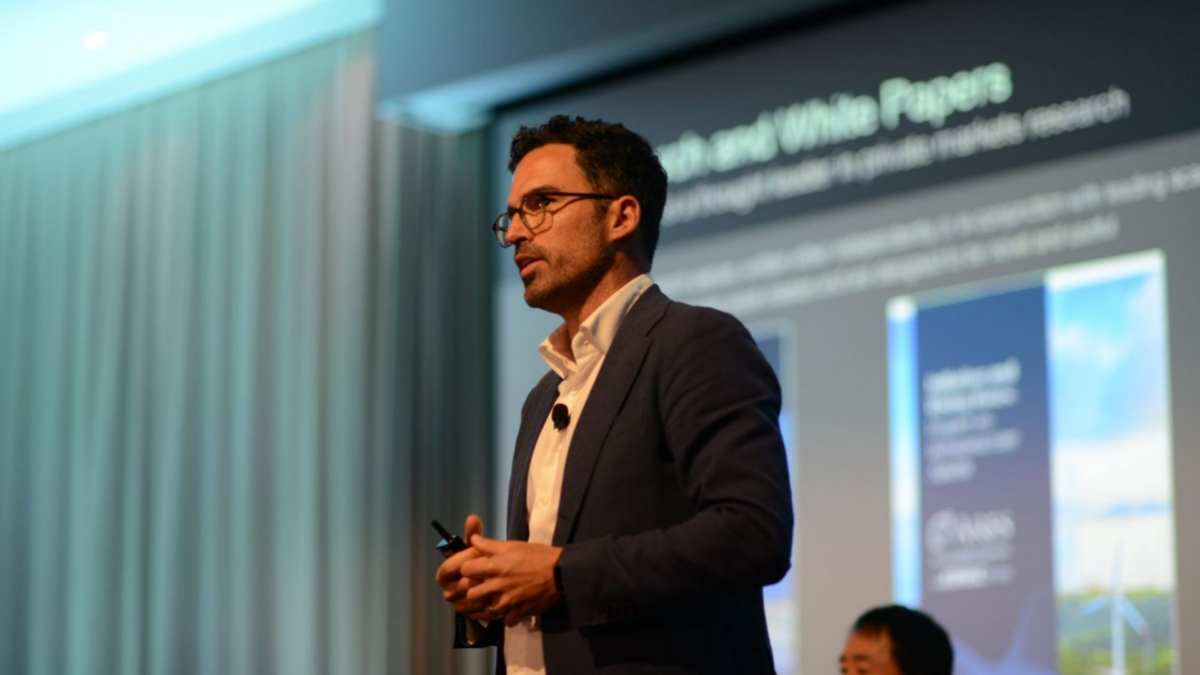Gold, equities and active management
Trillion-dollar French asset manager Amundi released their November Cross Asset Strategy report last week, with gold bullion and active management among their highest conviction calls. The group is renowned for their institutional investment capacity but particular their ESG or Sustainability credentials.
With Pfizer’s (NYSE: PFE) vaccine news coming shortly after the release, CIO Pascal Blanque highlighted the dangerous precipice facing the global markets, which according to him are ‘pricing in a glass half full scenario, despite still-alarming infection numbers’. The group continue to see the world in three cycles ‘virus’, ‘real economy’ and ‘financial’ and the economy in three phases, defined as:
- Phase 1 – Recovery with virus acceleration;
- Phase 2 – Things getting worse before better, requiring more monetary support;
- Phase 3 – From improving to sustained growth.
Interestingly, Blanque noted that markets were pricing in a vaccine to be available by mid-2021, a prescient forecast given this week’s events and something likely to lead to a strong economic reacceleration in the second half of 2021. Commenting more closely on the outlook, they suggest that each phase incorporates some common themes including higher debt, higher inequality and a stronger role for china in global trade and growth. They see quality and sustainability as being key factors to take into account, with a focus on green and social investments to become mainstream.
In what does not bode well for the developed world, with ‘diverging paths in economic growth to emerge’. Specifically, the expect countries ‘closely linked to China with higher central bank credibility to fight inflation’ to be favour with the more indebted countries to struggle.
One of the more surprising takeaways from the report, was the group’s growing bullish view on gold bullion with suggestions that US$2,100 per once may be the appropriate fair value; a further 10% higher than today’s value. They expect gold prices to be supported by two main factors being ‘the renewed taxonomy of gold price determinants’ being central bank balance sheet expansion and the growing role of the Chinese Yuan playing prominent roles. Their conviction view of gold ‘has shifted from a pure hedge to an asset class’ in it’s own right. On this they suggest it has the potential to gain in case of both the downside and upside economic scenarios. How is this possible?
Monica Defend, Head of Research and Lorenzo Portelli, Head of Cross Asset Research, highlight that ‘Over the past few years, we have discussed gold along the lines of its safe-haven nature in the face of increasing geopolitical risks even when rates were rising and in general amid risk-off events. More recently, the (inverse) relationship of gold prices with EMs’ dollar funding and real rates has been progressively enforced. We are convinced that the CNY and, most importantly, the unconventional monetary policy have taken a lead in explaining gold price dynamics.
Ultimately, they expect gold prices to display ‘symmetric price behaviour’ gaining if ‘inflation pressures push gold prices down’ but also gaining if central banks are forced to continue with the QE policies.
Remain vigilant, maintain an active stance
Matteo Germano, Head of Multi-Asset, stressed the importance of maintaining an ‘active stance’ in both equity and bond allocations. Further noting that an uneven recovery will cause a high dispersion of returns, creating the perfect storm of opportunity for active investment selection. The group remains close to a ‘neutral stance’ on equities in general, ‘defensive’ in the US due to technology valuations and neutral on Europe as the second wave spreads.
According to Germano, valuation dispersion is high and there are ‘great opportunities’ in higher quality areas of cyclicals that are not facing structural issues like airlines. ‘We like selected quality value stocks that can manage through this difficult economic period and should benefit as the US and global economies rebound and as inflation returns’ he says.
However, there remains uncertainty over the timing of reflation and the potential for a corresponding increase in rates. So much uncertainty that the team has reduced the probability of their central scenario, called ‘multi year and multi speed recovery’ from 70% to 65% and increased the probability of the ‘secular stagnation’ downside scenario from 20% to 25%. In their best case scenario they see a slow steepening of the US yield curve, as evidenced by last weeks events, a rotation from credit back into equities and a return to more domestic growth driven equity drivers, likely favouring smaller companies.










